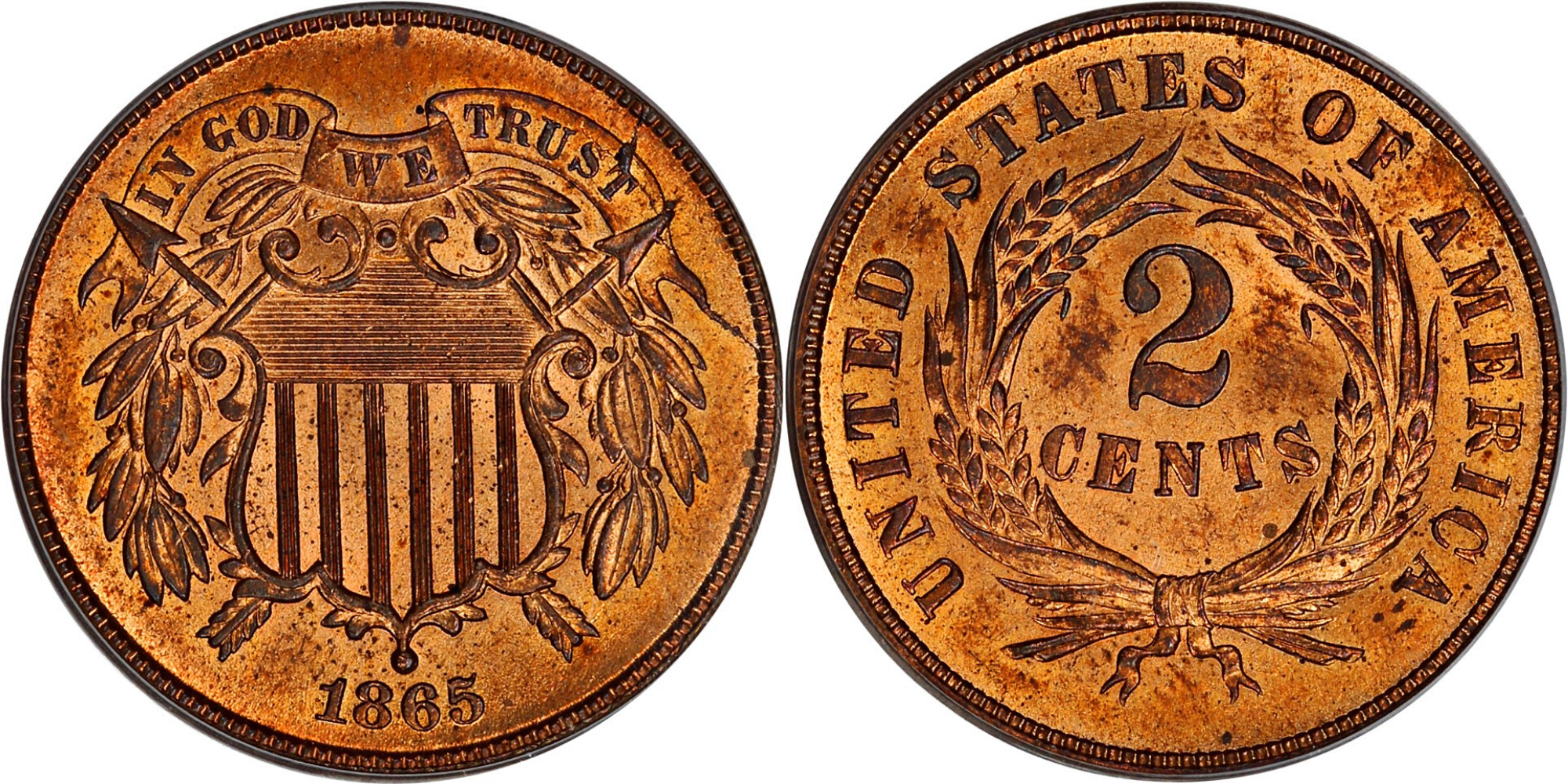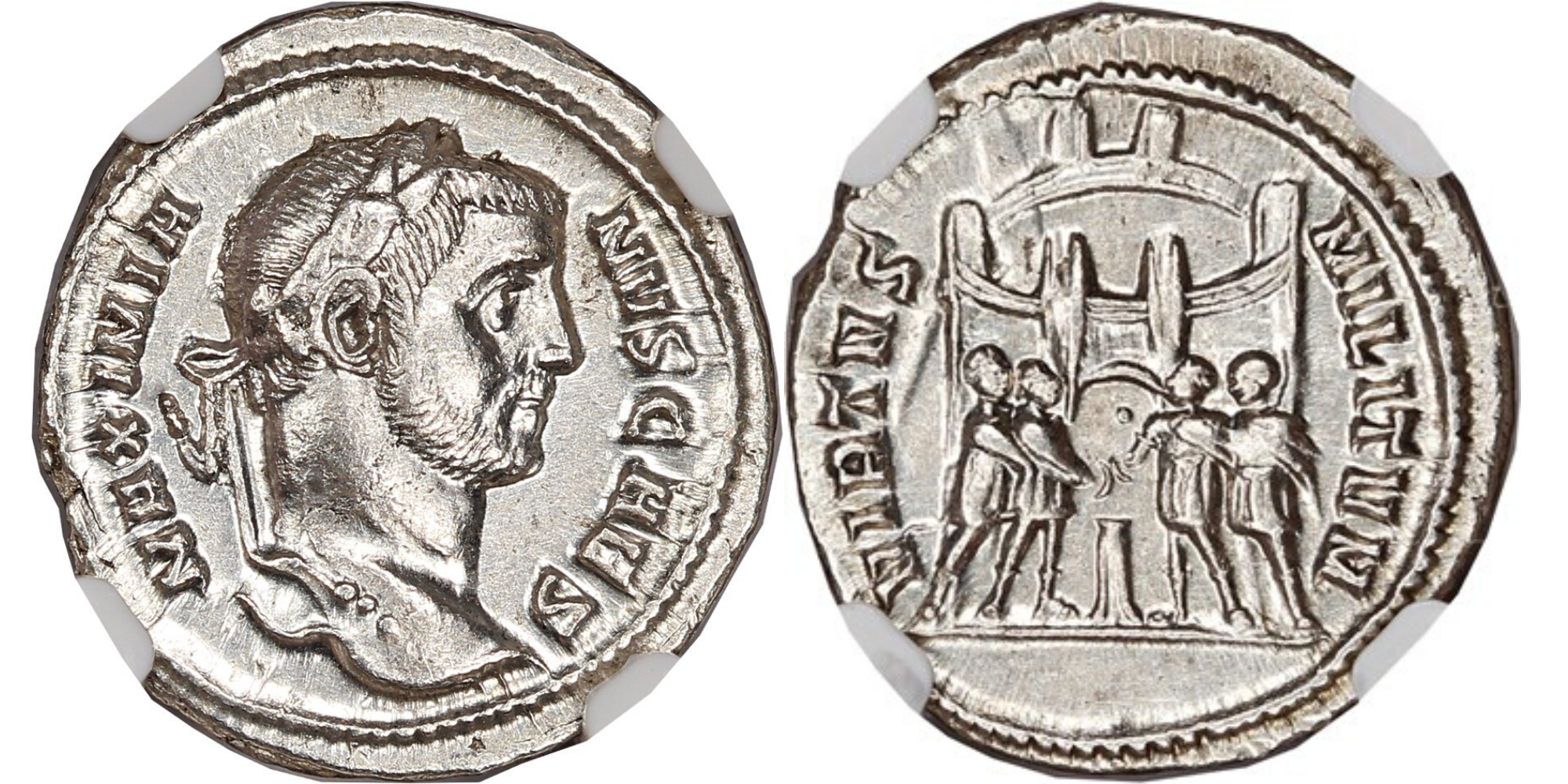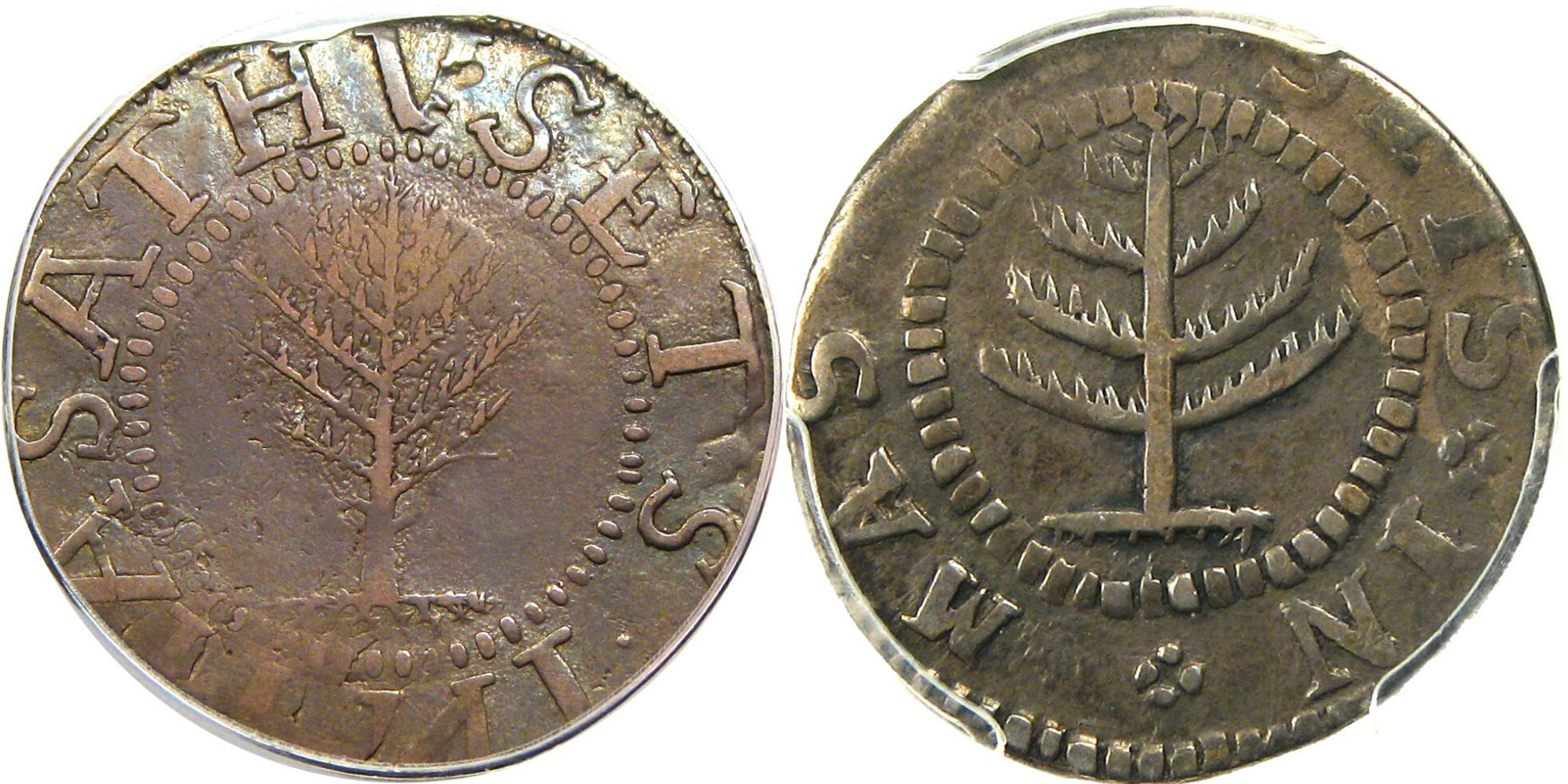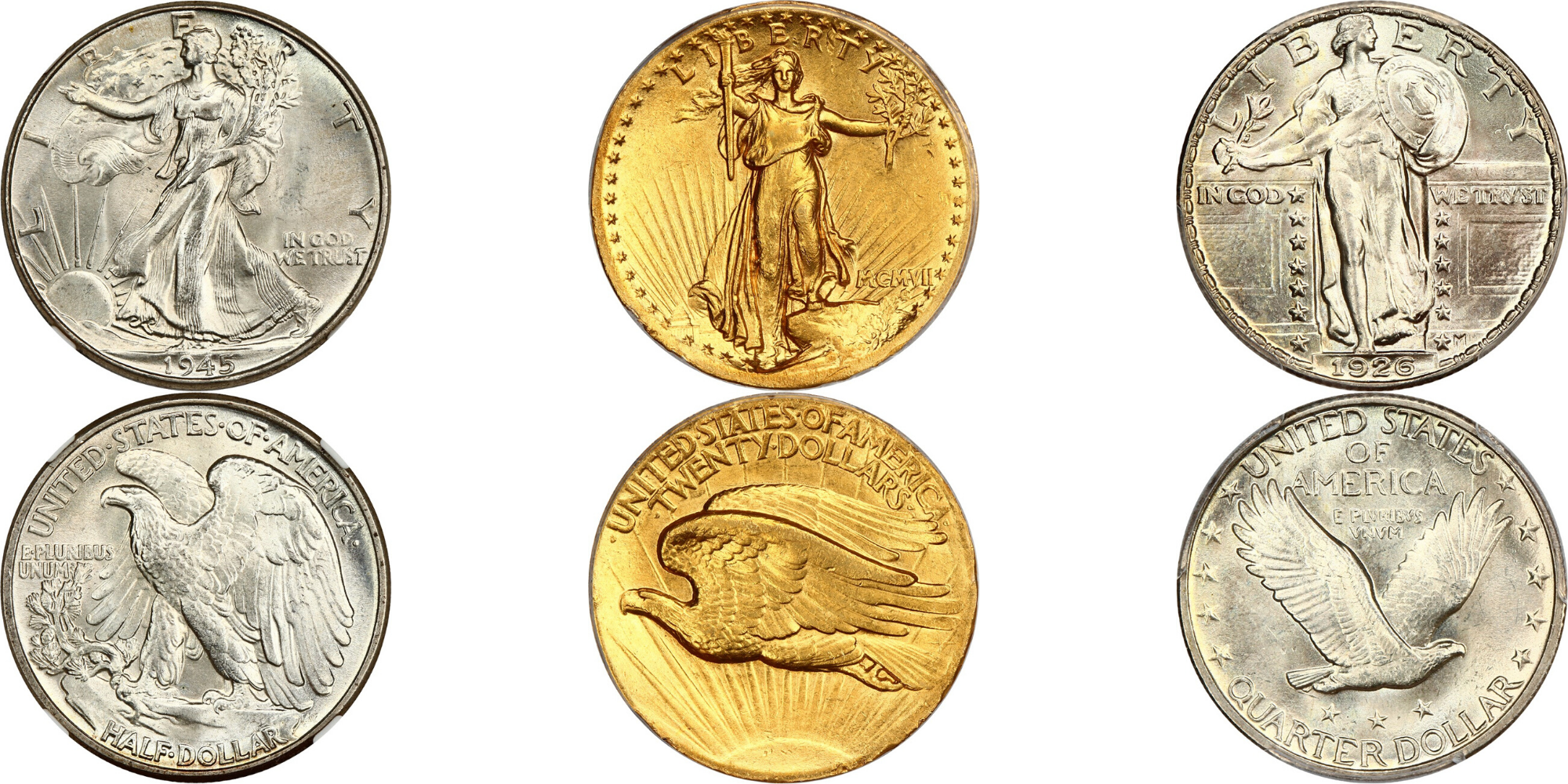Numismatics 101: Why Collect Coins?

Welcome to Numismatics 101! Over the next few months we’ll be publishing a series of educational blog posts geared towards newcomers to the coin collecting hobby. We’ll be covering a wide range of subjects to include anything a newbie might need to know. So welcome! As always, if you have any suggestions for a topic, we’re all ears.
Coin collecting is a fascinating hobby that draws people from all walks of life, for a myriad of reasons. Whatever your reason, we are happy to have you! If you are still on the fence about committing to a collection, let’s go over a few good reasons why coins deserve a closer look before tossing them in a tip jar.
Every coin comes with its own unique story and historical value. The designs from any given time period or location reflect what was going on at that moment in history and often represent the values of the issuing party. For example, the first US coin to include the motto “In God We Trust” was the two cent piece in 1864.

An inspiring motto to our coinage was first suggested in late 1861, near the beginning of the Civil War when things looked bleak for the North. The phrase ultimately selected was “In God We Trust,” which made its debut in the last year of the war. Now the phrase is on all of our coins and is the official motto of the United States. If you own a two cent piece, you own a piece of that story.
There are countless examples of coins influencing history and culture across the world. Every word, image, and design element has a specific reason for being included on a coin. Countries choose only their most significant images to display on coinage. After all, there’s no room for excess when your canvas is a coin! Back in the Roman Empire, coins were even used as propaganda; average citizens in the far reaches of the empire weren’t guaranteed to run into many news sources, but the images on coins doubled as an avenue to announce new emperors, success in war, and the good virtues of the ruler. Own a Roman coin? That jingle in your pocket just might be the world’s first example of social media.

These same devices that reflect history are also collectible as the stunning works of art they are. Until the 1800s, most coins around the world were engraved by hand. An individual had to sit down and painstakingly create that portrait of Liberty or spread-winged eagle. The earlier in a nation’s history, the more evident the hand-engraved details appear. For example, colonial US coins have dramatic die varieties (visible differences in the dies used to create the coin), while die varieties after the mid-1800s are much more minor and difficult to spot. Take a look at these two Pine Tree Shillings from 1652.

Minted in Massachusetts, these are the same type of coin but even the untrained eye can spot the inconsistencies between them. The trees in the center are completely different styles, and the dotted borders surrounding them are varying weights. You won’t find this type of wild die variation in modern issues but it’s just one example of how a curious new collector can enjoy exploring the nuances of coin diversity and design as they build a collection that speaks to them.
Not so much into history? Not to worry. There’s plenty of room for the collector who appreciates the pure aesthetics of the hobby. It is said that “beauty is in the eye of the beholder” and while everyone has different tastes in art, the world of numismatics is jam packed with stunning, accessible coins, both hand-engraved and those made more recently. Some of the most widely revered US coins known for their beauty are the Saint-Gaudens $20 double eagle, Walking Liberty half dollar, and Standing Liberty quarter.

The Saint-Gaudens gold piece is pretty expensive ($1700-$3M), but both of the others pictured here can be found for under $100. Snap up a few of these coins and enjoy an art collection that won’t require adding an extra room to your home.
Just like an art collection, any time you put a relatively large portion of funds into a hobby, it is also an investment. If you work with a knowledgeable member of the industry to be sure you’re building in the right direction, coins can be a much more entertaining way to grow your money than the stock market. Historically, rare coins have been a tremendous investment for those who have put the research, effort, and work into their collection. There are so many different types to choose from, the possibilities are nearly endless.
Even if you don’t come in with the mindset of an investor, there is somewhat of a safety net with coins. Down the road if you decide that you’d like to sell your collection, you can. The money you spend doesn’t just disappear – you can get it back, and quickly! Maybe not all of it if you purchased haphazardly, but you could make more than you started with if you made good choices and bought solid coins. If you had to choose today between spending $10,000 on a car or a coin, in 10 years, you’re all but guaranteed to get more of your investment back if you sell the coin. We’ll do our best throughout this series to guide you in the right direction to be sure you’re looking for solid coins that you’ll be able to resell if needed.
The majority of collectors seem to get started with some combination of reasons. Maybe they found a Russian coin and were interested in where it came from, or perhaps they ran across a wheat penny in change and started searching for more. Maybe their grandmother started the hobby for them with a box of numismatic treasures tucked away in her sock drawer. Whether you’re fascinated by its history, intrigued by its design, drawn to its beauty, or excited about potential as an investment, at the end of the day, collecting anything is fun. If you’re like most of us, you’ll find it’s inherently satisfying to check items off a list or fill holes in an album. When you’re ready to start that journey, you’ll find a whole community here ready to help with our two cents worth of advice.
